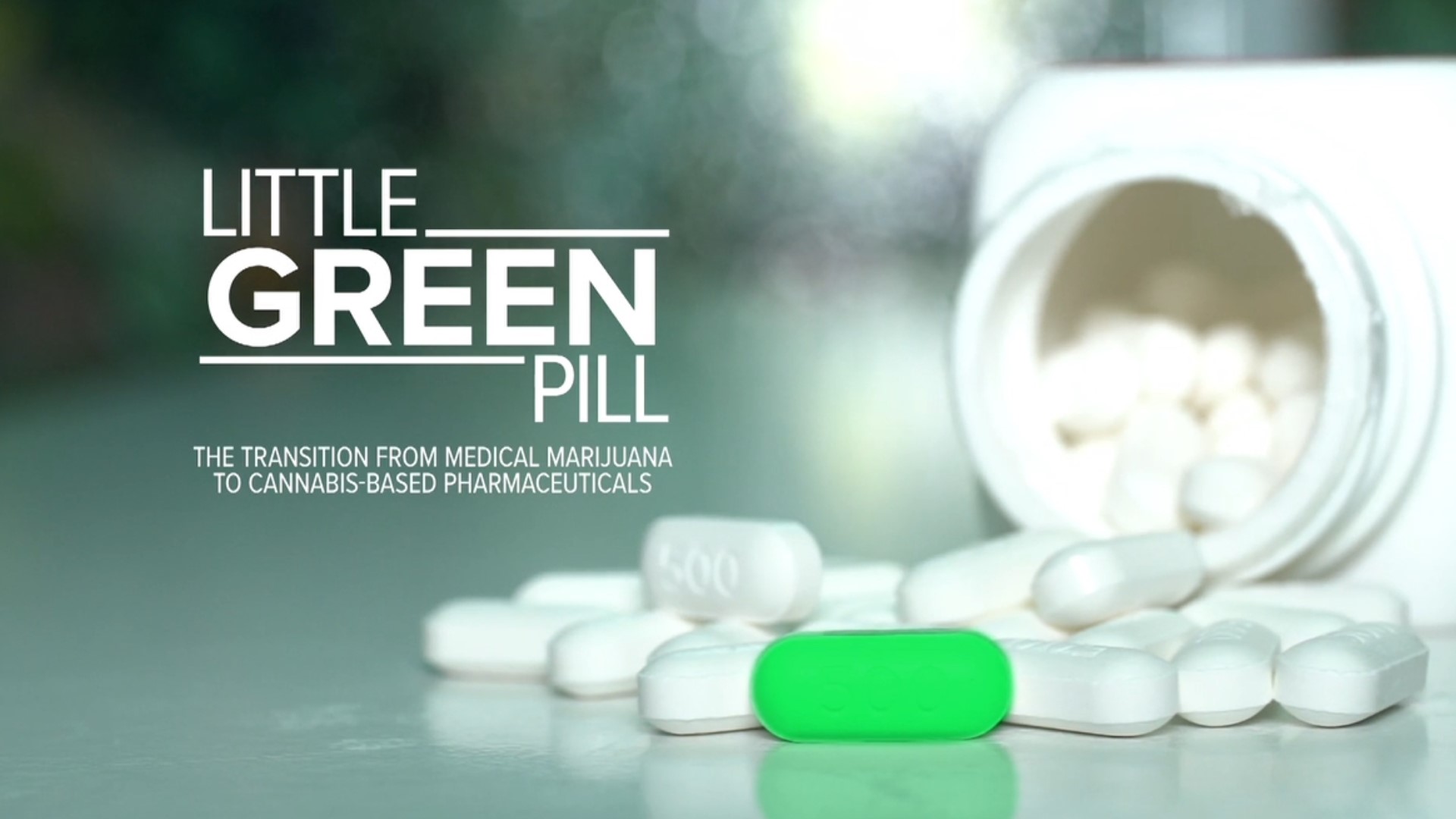RED LION, Pa. — The definition of “medical marijuana” is about to change.
For the first time ever, the federal government is allowing four new American companies to grow and study cannabis for medical research with an eventual goal of bring new pharmaceutical drugs to market.
Since 1968, a single facility at the University of Mississippi has held a monopoly over federally legal cannabis production.
The severe restrictions on cannabis research are due to its status as a Schedule 1 drug, defined as having “no accepted medical use and a high potential for abuse.”
It wasn’t always so.
Cannabis was a popular ingredient in medicines and was sold openly in pharmacies. After the Mexican Revolution of 1910 spurred a wave of Mexican immigration into the United States, some migrants continued a cultural practice of using cannabis recreationally. Anti-drug advocates began to play on xenophobic stereotypes to associate cannabis with Mexicans; around this time the more foreign-sounding word “marijuana” came into greater use.
Because of the xenophobic origins of the term “marijuana,” many in the industry today prefer to use the word “cannabis.”
Public sentiment turned against the plant through the ‘20s and by 1931, 29 states had outlawed it. In 1937, the Marijuana Tax Act in effect criminalized cannabis.
Research was mostly halted in the U.S. for decades.
After Israeli chemist Raphael Mechoulam first isolated CBD in 1963 and THC in 1964, research began to pick up again.
In 1968, the University of Mississippi contracted with the federal government to produce cannabis for research. Since then, the university’s “Marijuana Program” has been the only source of cannabis for the National Institute on Drug Abuse (NIDA)’s Drug Supply Program.
One man has been directing the project all that time.
Mahmoud Elsohly was immediately drawn to the fledgling field. He earned his bachelor’s and master’s in pharmacy in his native Egypt before getting his Ph.D. in pharmacy from the University of Pittsburgh. Elsohly has written more than 250 scholarly articles over his career but insists he is not the father of cannabis research in the U.S.
“I am maybe the son of the son or the cousin or something,” he said. “But not that.”
Ehsohly faced decades of skepticism from the academic and medical communities on the value of cannabis research, though he said his results were always taken seriously.
“Even through the late ‘80s or early ‘90s, just the use of the word cannabis or trying to develop a product from cannabis was more or less that people shy away from that,” he said.
As societal attitudes toward cannabis changed, interest grew in studying the plant for its pharmaceutical potential. Yet, the plant’s status as a Schedule 1 drug continued to make medical research impossible.
“The pharmaceutical companies had to be very careful about handling of cannabis since it was and continues to be federally illegal,” said Joe Gryzb, CEO of Groff North America, one of the four companies recently approved to produce cannabis.
In the last 25 years, tens of millions of Americans gained access to medical or recreational cannabis that was legalized by their state. Researchers watched with dismay as a consumers lined up to buy products they felt were not adequately tested.
“It’s been far too long that the biotech, the pharma, the academic industries have sat on the sidelines and watched a massive experiment unfold on behalf of consumers in the United States, but they haven’t been able to participate,” said George Hodgin, CEO of Biopharmaceutical Research Company (BRC), another of the newly approved companies.
All that time, researchers could apply to the DEA to study cannabis from the University of Mississippi. Many, though, proclaimed their product to be of poor quality and inadequate for clinical trials. Several studies have found cannabinoid levels in their cannabis are significantly lower than commercially available cannabis.
Ehsohly acknowledges the difference. The cannabis he grows usually contains between 2-6% THC versus up to 30% in commercially available cannabis.
However, Elsohly’s cannabis was for decades most often used in cigarette form. In trials in which participants had to smoke an entire cannabis cigarette, researchers reported that was the maximum level participants could handle. NIDA says they are transitioning away from cigarette orders to more bulk cannabis orders.
Founders of the four companies newly approved to grow and study cannabis for medical research say their product will better allow researchers to study one or any combination of the plant’s more than 100 compounds.
The compounds include cannabinoids such as tetrahydrocannabinol (THC), cannabidiol (CBD), cannabigerol (CBG), as well as terpenes, the compounds that give plants their scent and flavor, and flavonoids.
Researchers believe those compounds could eventually treat a variety of conditions including cancer, epilepsy, Parkinson’s disease, Tourette syndrome, PTSD, inflammation, pain, anxiety, insomnia, autism and more.
Elsohly said he welcomed more producers into the field of cannabis research.
“I don't have any issue with that," he said. "As a matter of fact, I would welcome that, because that allows that allows the variability and what's being studied. That allows some other producers that maybe produce some genetics that are different than mine, to produce, you know, things for research.”

